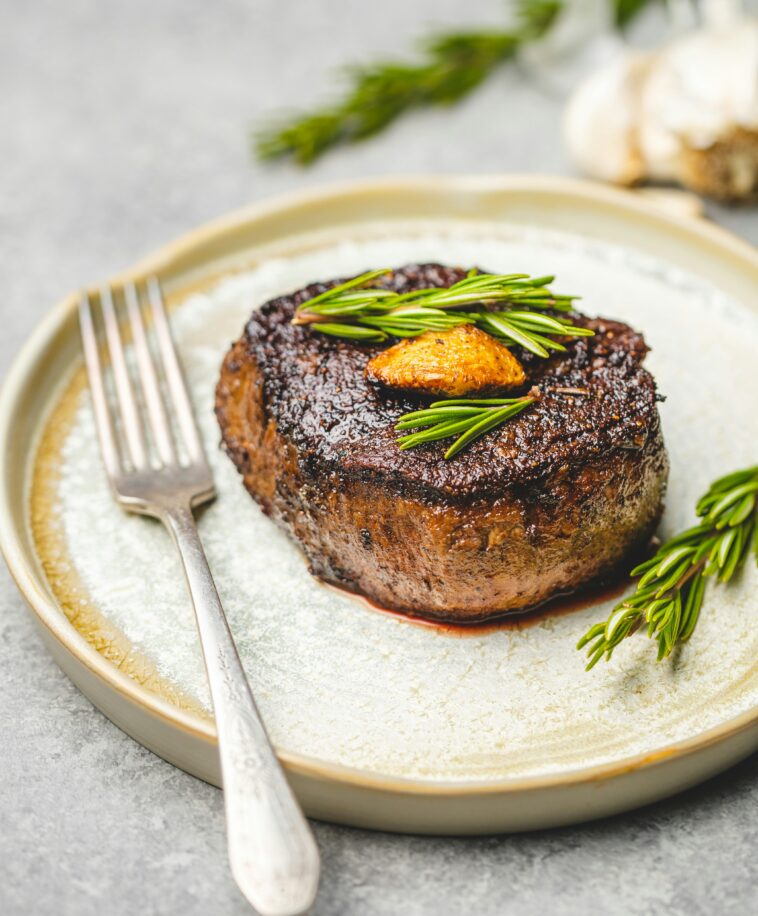Introduction:
Tacos, the quintessential Mexican street food, have transcended their humble origins to become a global culinary phenomenon. With their irresistible combination of flavors, textures, and versatility, tacos have captured the hearts and taste buds of people around the world. In this article, we delve into the evolution of Mexican tacos, tracing their journey from simple street fare to beloved cultural icon.
The Rise of Street Tacos:
The streets of Mexico are alive with the sizzle of grills, the aroma of spices, and the rhythmic clang of tortilla presses – all hallmarks of the vibrant street taco culture. Traditionally, tacos were sold by street vendors known as “taqueros,” who set up makeshift stalls or carts to serve hungry passersby. These street tacos were simple yet flavorful, often consisting of just a few ingredients – a warm tortilla, a savory filling, and a splash of salsa.
Street tacos became an integral part of Mexican culinary tradition, offering a quick, affordable, and delicious meal for people from all walks of life. Whether enjoyed as a late-night snack after a night of revelry or as a satisfying lunchtime treat, street tacos epitomized the essence of Mexican street food culture – flavorful, authentic, and unpretentious.
Global Expansion:
As the world became increasingly interconnected, so too did the popularity of Mexican tacos. What began as a local delicacy soon spread to international shores, thanks in part to the growing influence of Mexican immigrants and the rise of food tourism. Today, you can find tacos on menus from New York to Tokyo, each region putting its own unique spin on this beloved dish.
In the United States, the rise of the food truck phenomenon played a significant role in popularizing Mexican tacos. Gourmet food trucks serving up inventive taco creations became a common sight in cities across the country, introducing Americans to the wide world of taco possibilities beyond the familiar ground beef and shredded cheese.
Meanwhile, in Europe, chefs began experimenting with Mexican flavors and techniques, incorporating tacos into their culinary repertoires with imaginative fillings like duck confit, foie gras, and truffle aioli. In Asia, the fusion of Mexican and local cuisines gave rise to innovative creations such as sushi tacos in Japan and bulgogi tacos in South Korea, further fueling the global taco craze.
The Art of Taco-Making:
At its core, the beauty of tacos lies in their simplicity and versatility. While traditional tacos may feature classic fillings like carne asada, al pastor, or carnitas, the possibilities are endless when it comes to taco innovation. From gourmet ingredients to unexpected flavor combinations, chefs and home cooks alike continue to push the boundaries of what constitutes a taco.
One of the hallmarks of a great taco is the harmonious balance of flavors and textures. A perfectly executed taco delights the palate with layers of savory, spicy, tangy, and sweet, all wrapped up in a warm, soft tortilla. Whether it’s the crunch of fresh vegetables, the richness of slow-cooked meats, or the kick of homemade salsa, every element plays a crucial role in creating the ultimate taco experience.
Cultural Reverence:
Despite their newfound global fame, tacos remain deeply rooted in Mexican culture and tradition. They are more than just a meal – they are a symbol of community, celebration, and shared heritage. From street vendors to fine dining establishments, tacos bring people together to enjoy good food and good company, forging connections that transcend borders and cultures.
In Mexico, taco culture is a way of life, celebrated with festivals, competitions, and rituals dedicated to the art of taco-making. Every region boasts its own unique taco specialties, each one a testament to the rich diversity of Mexican cuisine. Whether it’s the fiery flavors of the Yucatan Peninsula or the seafood-studded tacos of Baja California, each bite tells a story of history, culture, and culinary innovation.
Conclusion:
In conclusion, the evolution of Mexican tacos is a testament to the power of food to transcend boundaries and unite people from all walks of life. From their humble beginnings as street food staples to their current status as global culinary icons, tacos have captured the hearts and taste buds of millions around the world. As we continue to celebrate the rich heritage and endless possibilities of Mexican cuisine, let us raise a taco to the enduring legacy of this beloved dish.

